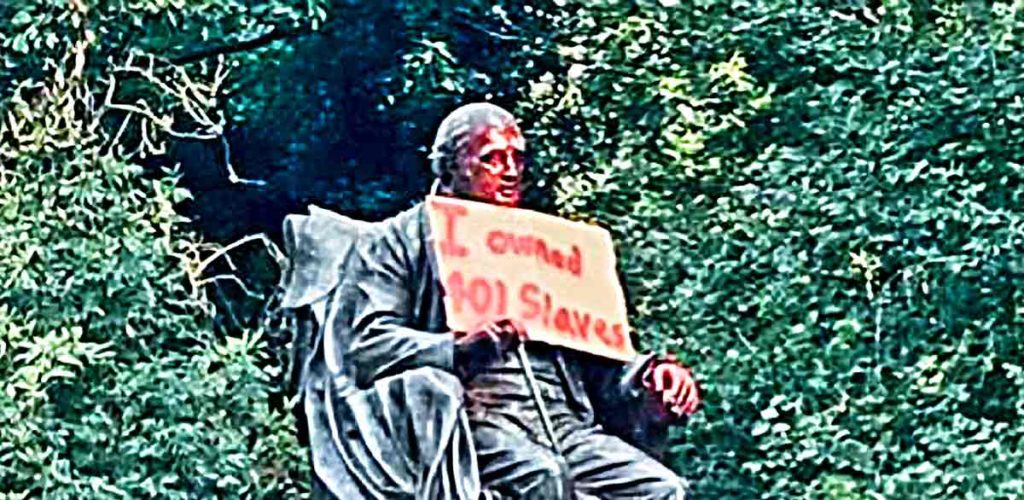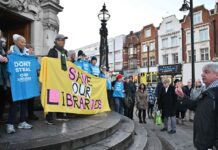
Lambeth councillors are lobbying the Boundary Commission – which sets the size and names of wards and constituencies – to remove the names of slaveholders and supporters of slavery.
Two Lambeth wards – Vassall in Brixton, and Thurlow Park in West Norwood – are named after such people.
The Boundary Commission is conducting a review of Lambeth’s electoral boundaries.
Labour group councillors have also submitted proposals to make all votes count equally and to retain natural community areas.
They propose 22 wards, based on the five areas which make up Lambeth, rather than the current 21. The proposal would keep the number of councillors at 63. Some smaller wards would have two councillors and larger ones would be represented by three.
The proposal includes the creation of an additional ward in Vauxhall to represent projected growth in population there.
The Labour group says its proposal would mean every councillor in the borough representing a similar number of electors.
Vassall
Vassall ward is named for Henry Richard Vassall-Fox, the third Baron Holland (1773-1840), who began building in the area in the 1820s.
While he spoke out against slavery, he took deliberate steps to benefit from it.
The Slave Compensation Act 1837 enabled the UK government to compensation for slavery, not to enslaved people but to slaveholders. Lord Holland claimed three awards of compensation for slaves on estates in Jamaica, which had become his when he married Elizabeth Webster (née Vassall).
Holland adopted the name Vassall in 1800 to safeguard his children’s rights to his wife’s West Indian fortune, based on slavery.
In June this year his statue in Holland Park, West London was used to draw attention to his history in slavery.
Thurlow Park
Edward Thurlow, the first Baron Thurlow (1731-1806) was a leading British lawyer and politician who became Lord Chancellor.
In 1772 he obtained 100 acres of land between Norwood Road and the south west side of Knight’s Hill, which formed the nucleus of a vast estate eventually made up of 594 acres in Streatham, 355 acres in Lambeth Manor, 123 in Lambeth and 48 acres of land allotted after the Lambeth Manor Inclosure Act of 1806.
He built a large mansion near the junction of Thurlow Park Road and Elmcourt Road between 1792 and 1795 which was demolished in 1809.
He was said to be “disgusted” by the anti-slavery policies of Prime Minister William Pitt and combined with other pro-slavery ministers to sabotage legislation against slavery at every possible opportunity.
In June 1788, in a House of Lords debate on a Bill to regulate slave ships to improve conditions for enslaved people on British-built vessels, for instance, Thurlow said the entire Bill was “nonsense”.
Public audit
Cllr Sonia Winifred, who is leading Lambeth’s audit of statues and monuments for links to slavery, said: “In the wake of the global Black Lives Matter movement, there has rightly been a discussion started about the links to slavery that some of our local monuments and place names hold.
“I am proud that Lambeth is leading a public audit of those within our borough.
“That audit will be brought to community consultation, so that we can work with local communities on the appropriateness of our shared public spaces and what we choose to commemorate as a community – that is the approach we took in renaming Windrush Square to commemorate the contributions of the Windrush generation to our borough.”







